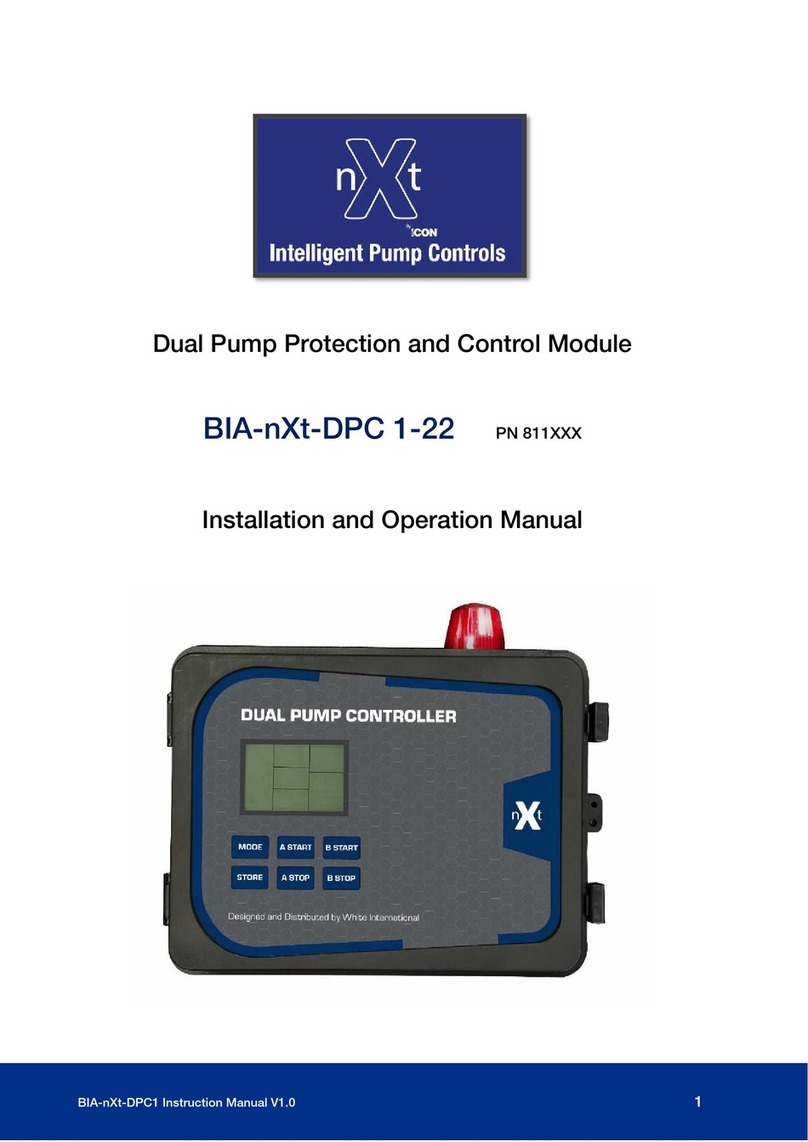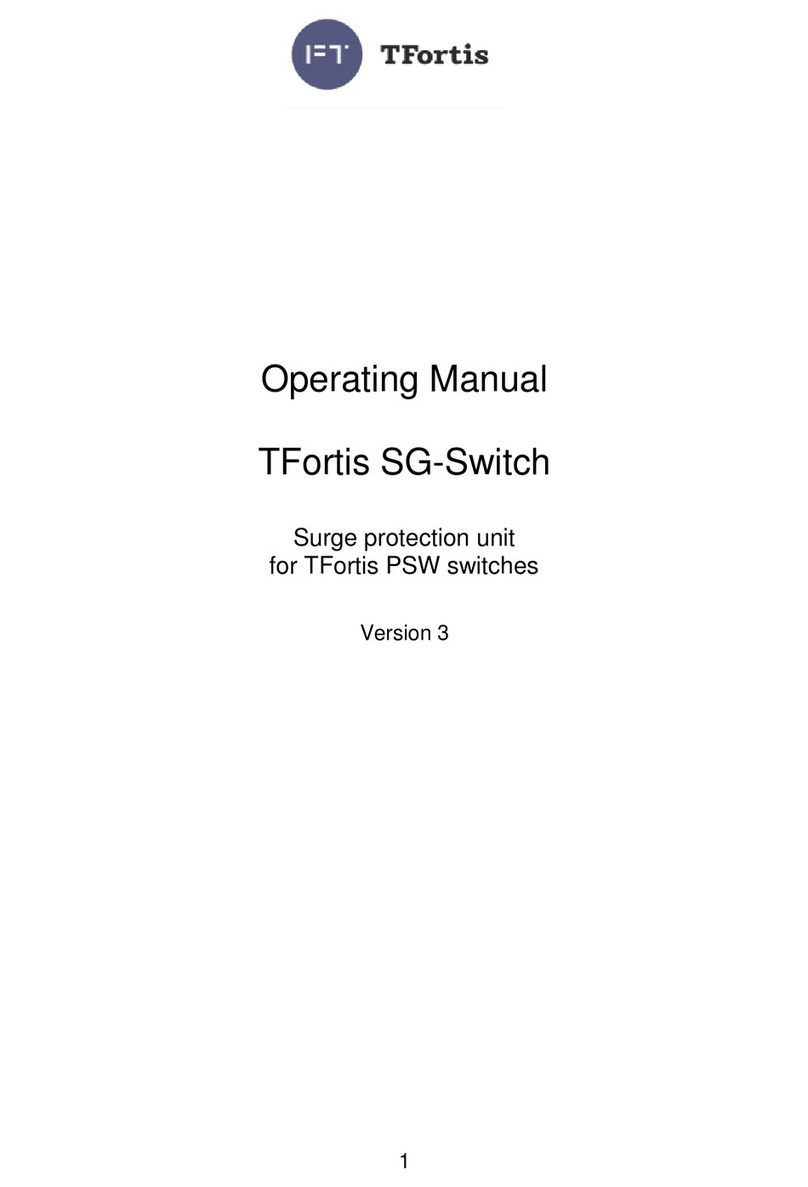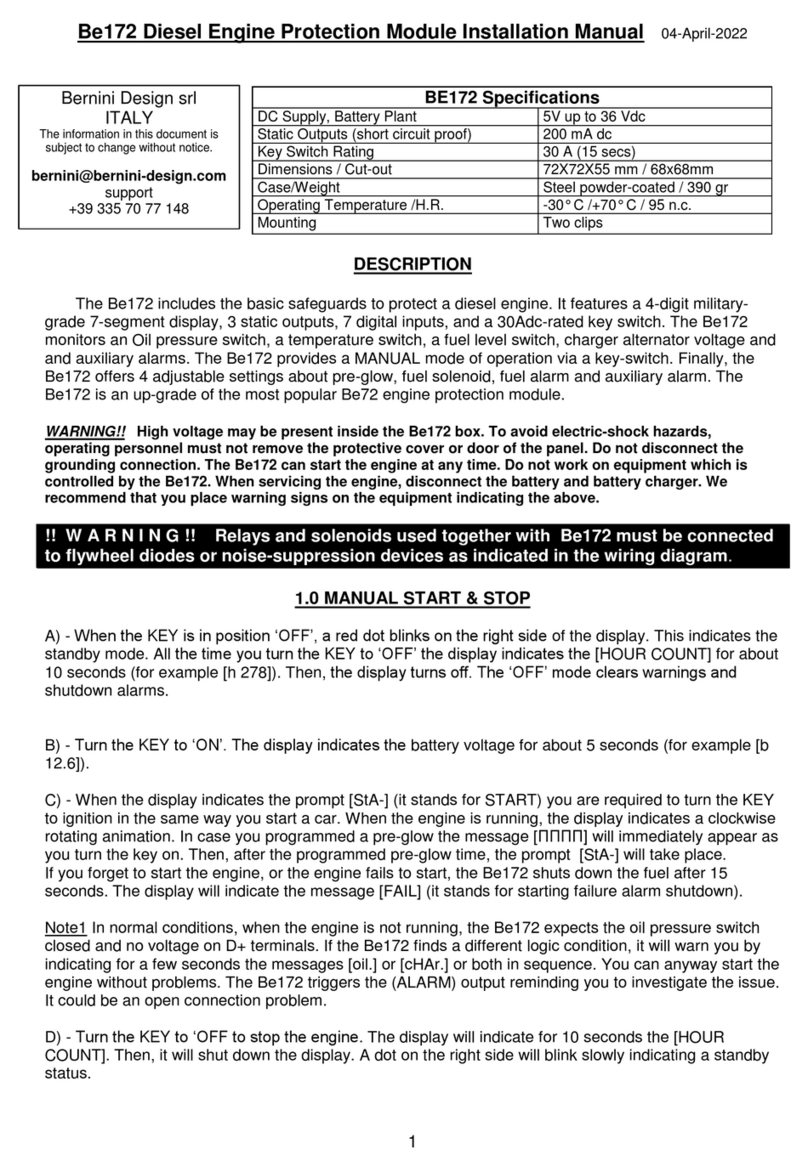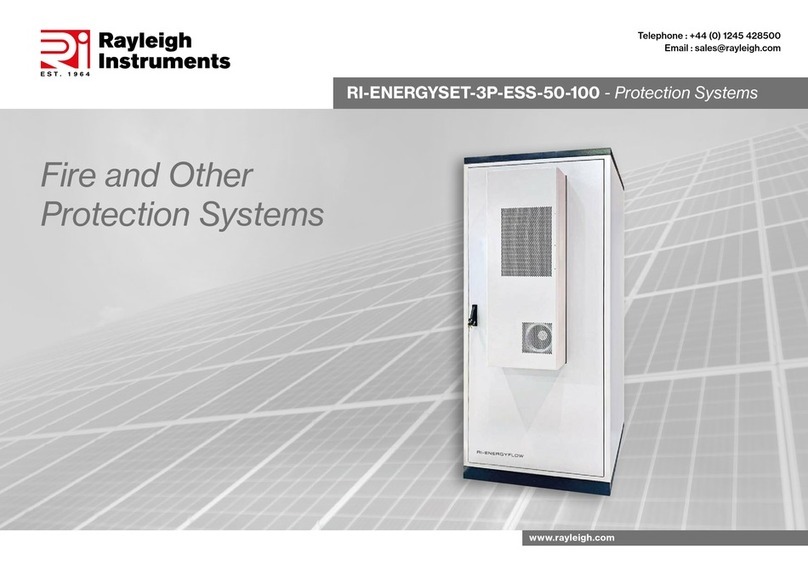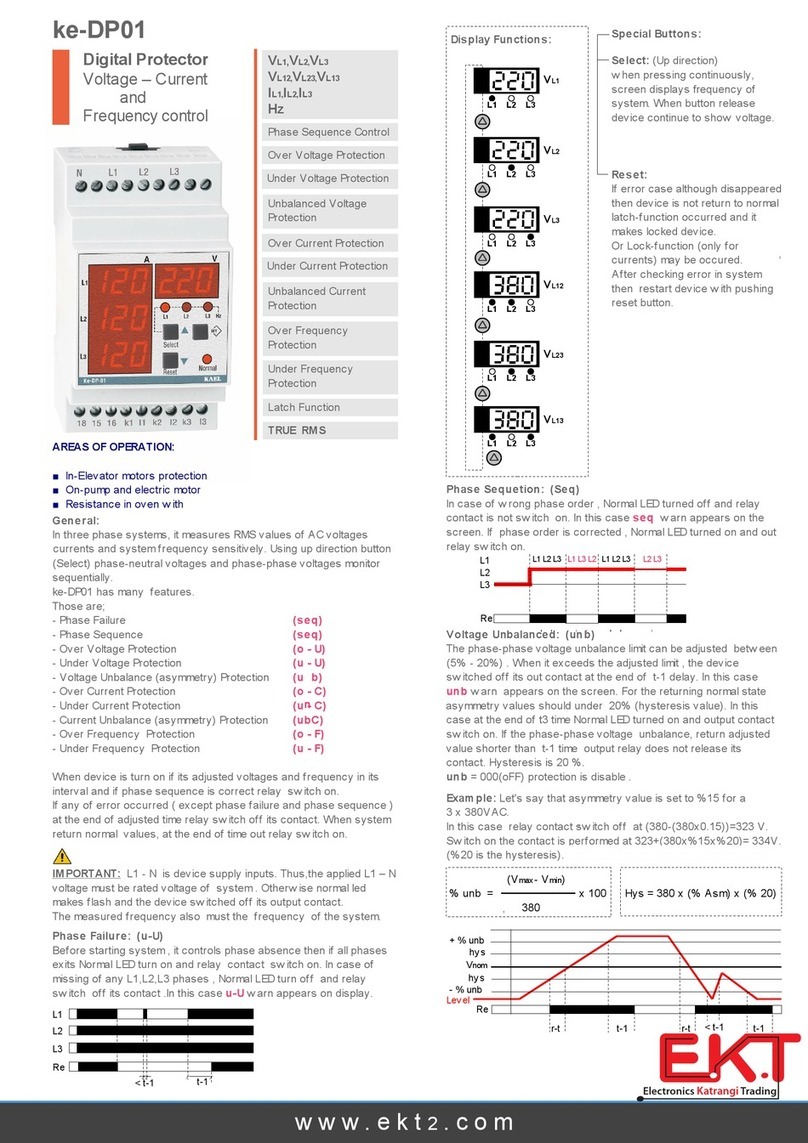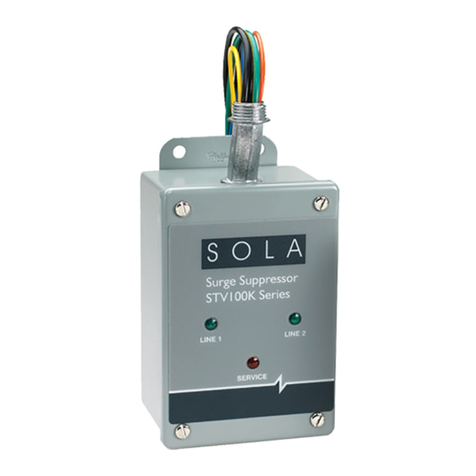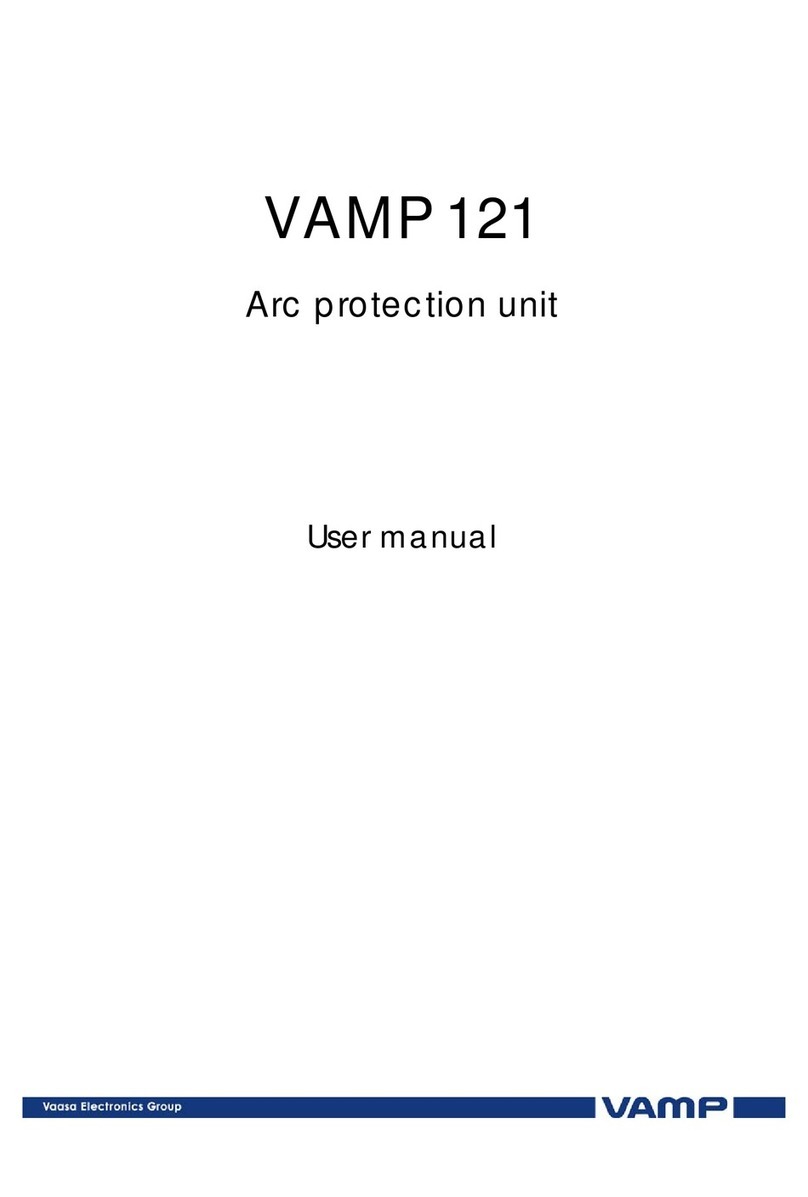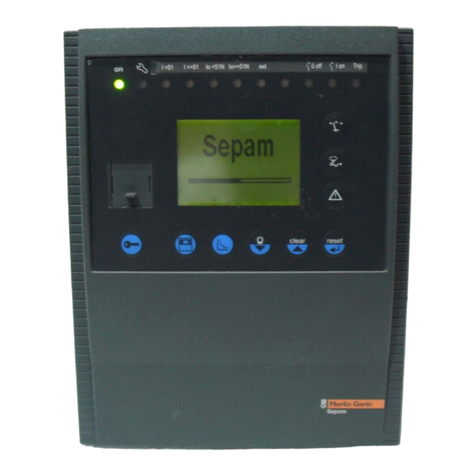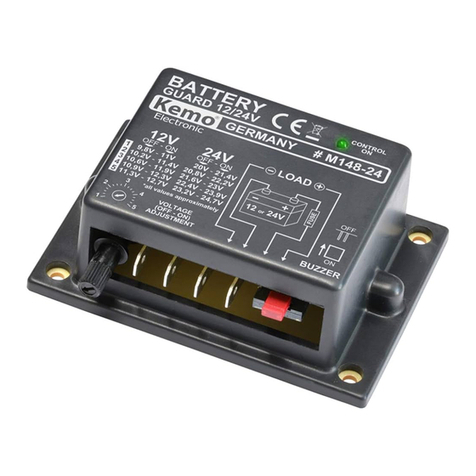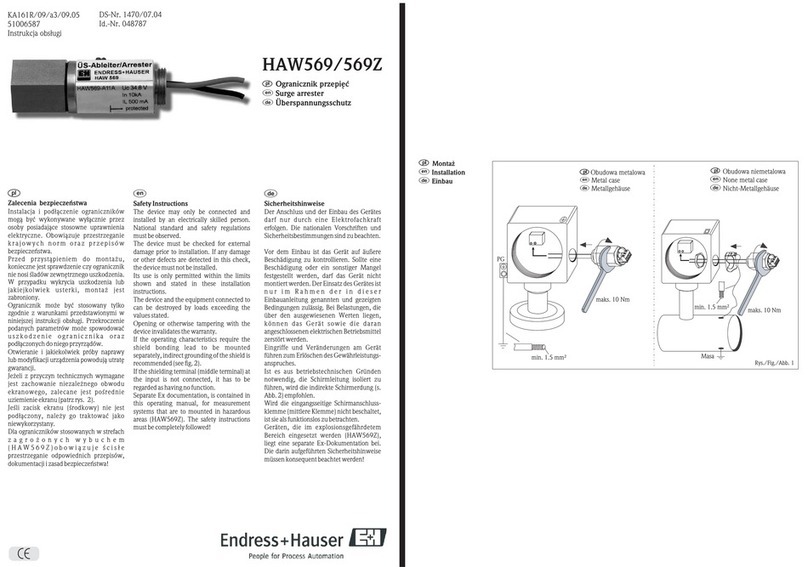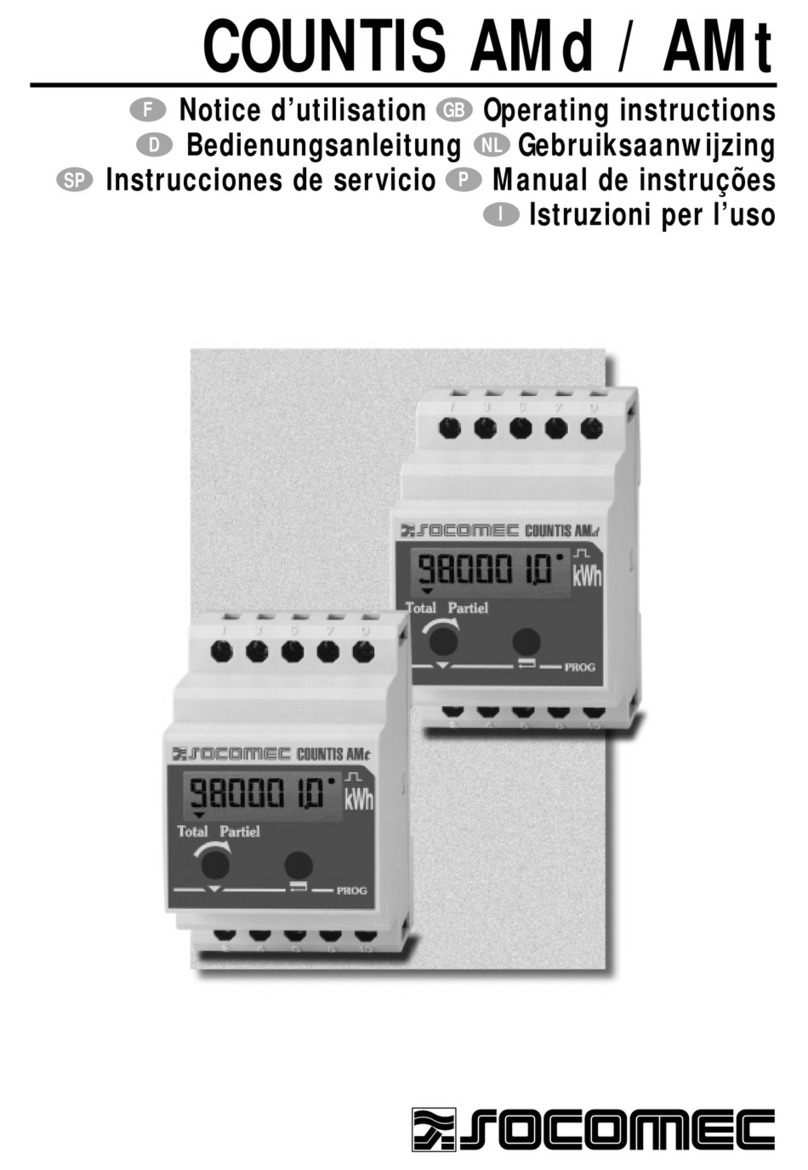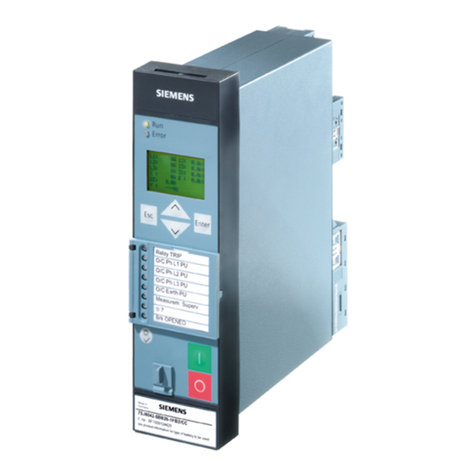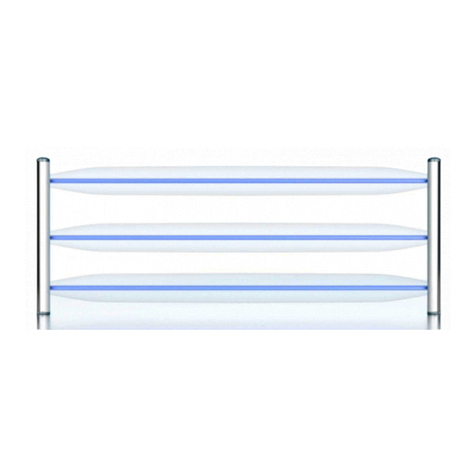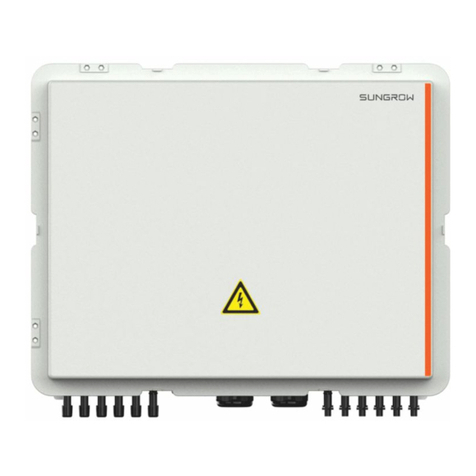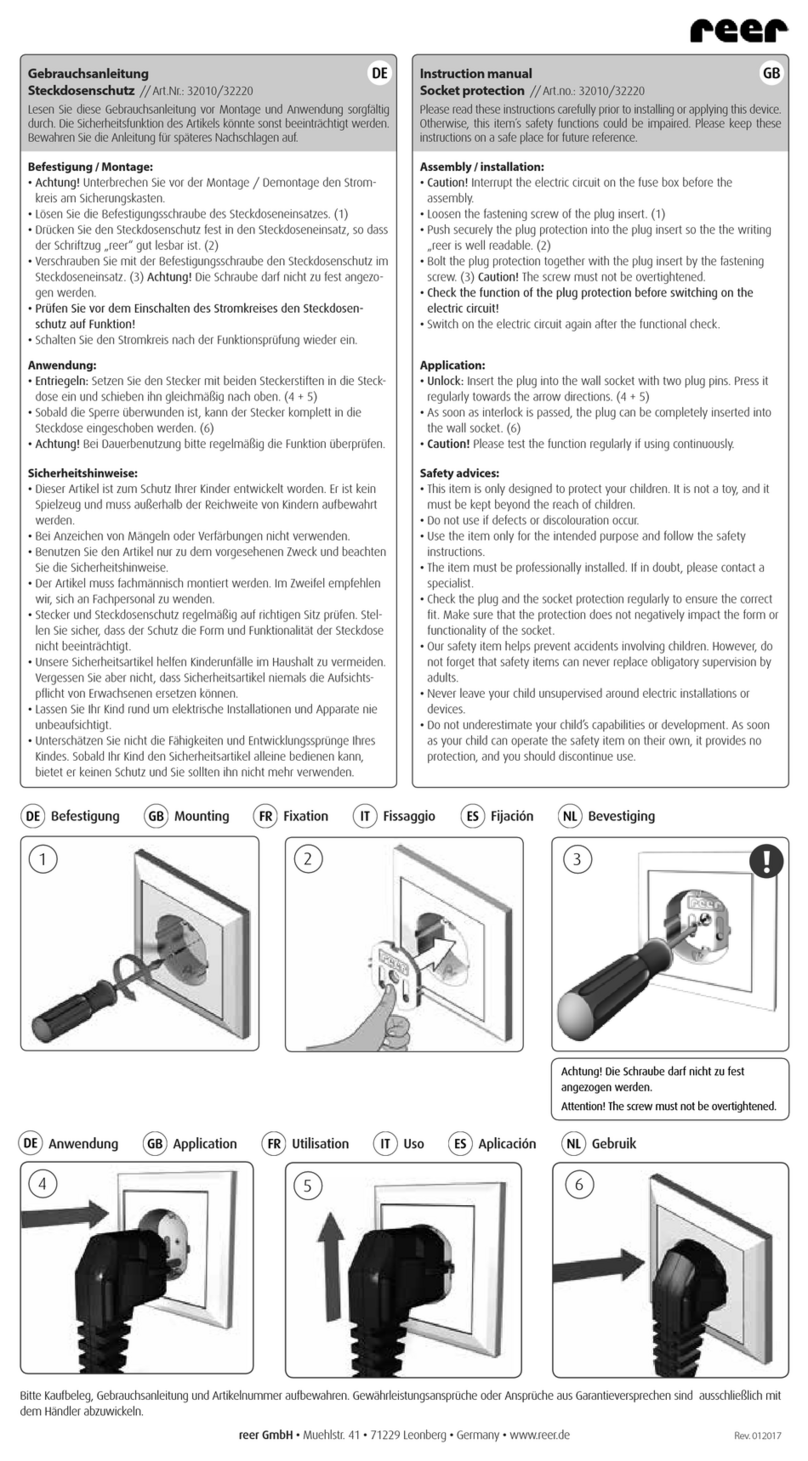
VAMP Ltd Arc protection system
User manual VAMP 220 / 220R
VM220.EN004 Vamp 24h support phone : +358 (0)40 573 6316 3
Table of Content
Preface .........................................................................................5
1. Introduction ............................................................................6
2. System description.................................................................8
2.1. Master unit VAMP 220/220R...............................................8
2.1.1.General .........................................................................8
2.1.2.Functional description.................................................9
2.2. Slave unit VAM 12 CD...................................................... 11
2.3. Arc sensor VA 1 DA.......................................................... 12
2.4. Portable sensor VA 1 DP.................................................. 13
2.5. Trip multiplier relay VAR 4 CE.......................................... 14
2.6. Systems with multiple master units................................. 15
2.7. Selective arc protection ................................................. 15
3. Technical data .....................................................................17
3.1. Master unit VAMP 220/220R............................................ 17
3.2. Slave unit VAM 12 CD...................................................... 19
3.3. Arc sensor VA 1 DA.......................................................... 20
3.4. Portable sensor VA 1 DP.................................................. 20
3.5. Trip multiplier relay VAR 4 CE.......................................... 20
4. Product handling..................................................................21
4.1. Receiving goods .............................................................. 21
4.1.1.Unpacking and transportation............................... 21
4.1.2.Checking the consignment .................................... 21
4.1.3.Complaints................................................................. 21
4.2. Warranty............................................................................ 21
5. System installation................................................................23
5.1. Safety notes....................................................................... 23
5.2. Preparing for installation ................................................. 23
5.3. Installing master unit VAMP 220/220R........................... 24
5.3.1.Mounting master unit VAMP 220/220R.................. 24
5.3.2.Wiring the master unit, overview............................ 24
5.3.3.Wiring secondary circuits of current transformers 25
5.3.4.Wiring trip circuits of circuit breakers..................... 26
5.3.5.Wiring alarm circuits ................................................. 27
5.3.6.Protective earthing................................................... 27
5.3.7.Wiring auxiliary supply .............................................. 27
5.4. Installing slave units.......................................................... 29
5.4.1.Mounting slave unit VAM 12 CD............................. 29
5.4.2.Wiring between master and slave......................... 29
5.4.3.Wiring separate power supply to VAM 12 CD...... 30
5.5. Installing sensors................................................................ 31
5.5.1.Mounting arc sensor VA 1 DA................................. 31
5.5.2.Connecting sensors to slave units.......................... 32
5.5.3.Connecting portable sensor................................... 33
5.5.4.Arc sensor wiring over long distances ................... 33
5.6. Installing trip multiplier VAR 4 CE.................................... 33
